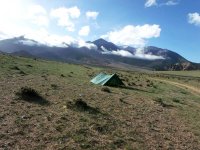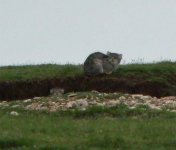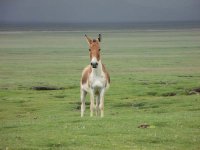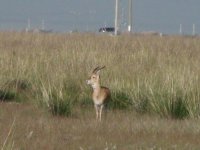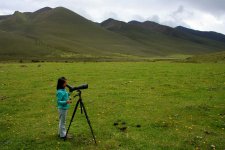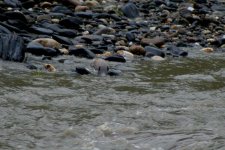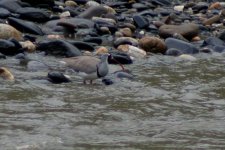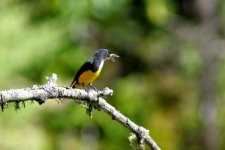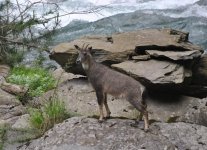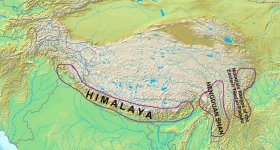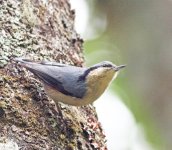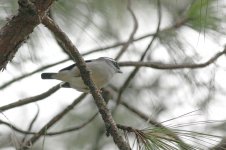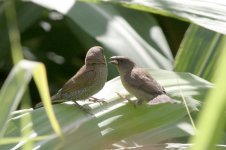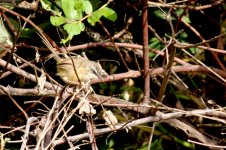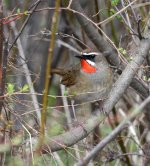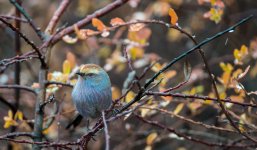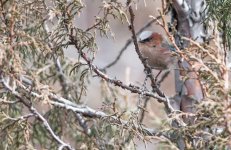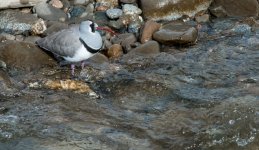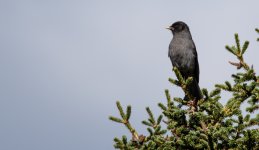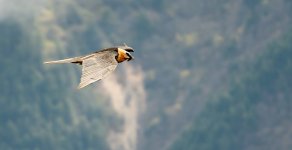Just back from a 28 day trip on a route that took us from Chengdu, via Kangding and Ganzi, to South Qinghai - then west towards the Kekexili - north to Lake Qinghai - and finally back to Sichuan with a couple of nights at Tangjiahe before getting back to Chengdu.
Main focus of this trip was mammals - we got contact into contact with 31 species
1-Long-eared Pika - Ganzi area of Sichuan
2-Plateau Pika
3-Chinese Red Pika - one dead example at Huzhu Beishan, Qinghai
4-Glover's Pika - Kanda Shan, Nangqian, Qinghai
5-Himalayan Marmot
6-Chinese Dormouse - only known from 2 examples caught at Wanglang, Sichuan - during lamping at Tangjiahe we observed a grey Doormouse type rodent, with long tail that ended in a 'fur ball' - Chinese Doormouse seems the obvious candidate
7-Woolly Hare
8-Asian Badger - one dead example close to Ganzi
9-Wild Boar - Tangjiahe
10-Tibetan Fox
11-Red Fox
12-Tibetan Wolf - a group of 2 adults and 2 juv animals seen hunting,foraging close to Qumarleh, Qinghai - a single animal seen in the Zhidoi area
13-Himalayan Palm Civet - Tangjiahe
14-Pallas's Cat - adult with two kittens - Zhidoi area
15-Kiang
16-Wild Yak - common Wild Yak Valley
17-Blue Sheep
18-Agrali - Wild Yak Valley
19-Tibetan Gazelle - also seen in Sichuan in Shiqu area
20-Przewalski's Gazelle - 50+ in the gazelle reserve area at Qinghai Lake
21-Tibetan Antelope - west of Zhidoi
22-Reeve's Muntjac - Tangjiahe
23-Tufted Deer - Tangjiahe
24-Alpine Musk Deer - flushed up by the Wolves close to Qumarleh
25-Siberian Roe - heard only at Huzhu Beishan
26-White-lipped Deer - Zhidoi and Qumarleh areas
27-McNeil's Red Deer - Between Yushu and Nangqian
28-Gansu Red Deer - 2 animals on Rubber Mountain
29-Chinese Goral - Tangjiahe
30-Takin - Tangjiahe
31-Per David's Rock Squirrel - Tangjiahe
Highlight for me was the encounter with Pallas's Cat that gave long views of an adult with 2 kittens. Ironically we couldn't find the species mentioned in the last few posts - Mountain Weasel - which is usually a normal tick on one of these trips
Birds were also pretty good - new China species for me included an Eastern Imperial Eagle at Wild Yak Valley and Long-legged Buzzard around Golmud.
Pictures
1 - in the Kekexili area - my car looking tiny in typically vast panorama
2 - a bit of tenting in this trip - a 5 star camping ground
3 - the Pallas's Cat - with one of the kittens
4 - Kiang are quite easy to find
5 - one of the rarest species encountered - Przewalkski's Gazelle - once common but now reduced to around 600 animals in the Qinghai lake area.





